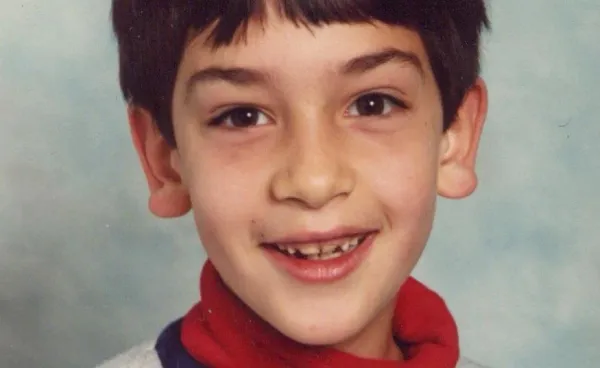Three variations on Omelas
The Ones Who Walk Away From Omelas, by Ursula K. LeGuin:
They all know it is there, all the people of Omelas. Some of them have come to see it, others are content merely to know it is there. They all know that it has to be there. Some of them understand why, and some do not, but they all understand that their happiness, the beauty of their city, the tenderness of their friendships, the health of their children, the wisdom of their scholars, the skill of their makers, even the abundance of their harvest and the kindly weathers of their skies, depend wholly on this child’s abominable misery.
The Ones Who Stay and Fight, by N.K. Jemisin:
But this is no awkward dystopia, where all are forced to conform. Adults who refuse to give up their childhood joys wear wings, too, though theirs tend to be more abstractly constructed. (Some are invisible.) And those who follow faiths which forbid the emulation of beasts, or those who simply do not want wings, need not wear them. They are all honored for this choice, as much as the soarers and flutterers themselves—for without contrasts, how does one appreciate the different forms that joy can take?
Why Don’t We Just Kill the Kid in the Omelas Hole, by Isabel J. Kim:
So they broke into the hole in the ground, and they killed the kid, and all the lights went out in Omelas: click, click, click. And the pipes burst and there was a sewage leak and the newscasters said there was a typhoon on the way, so they (a different “they,” these were the “they” in charge, the “they” who lived in the nice houses in Omelas [okay, every house in Omelas was a nice house, but these were Nice Houses]) got another kid and put it in the hole.



